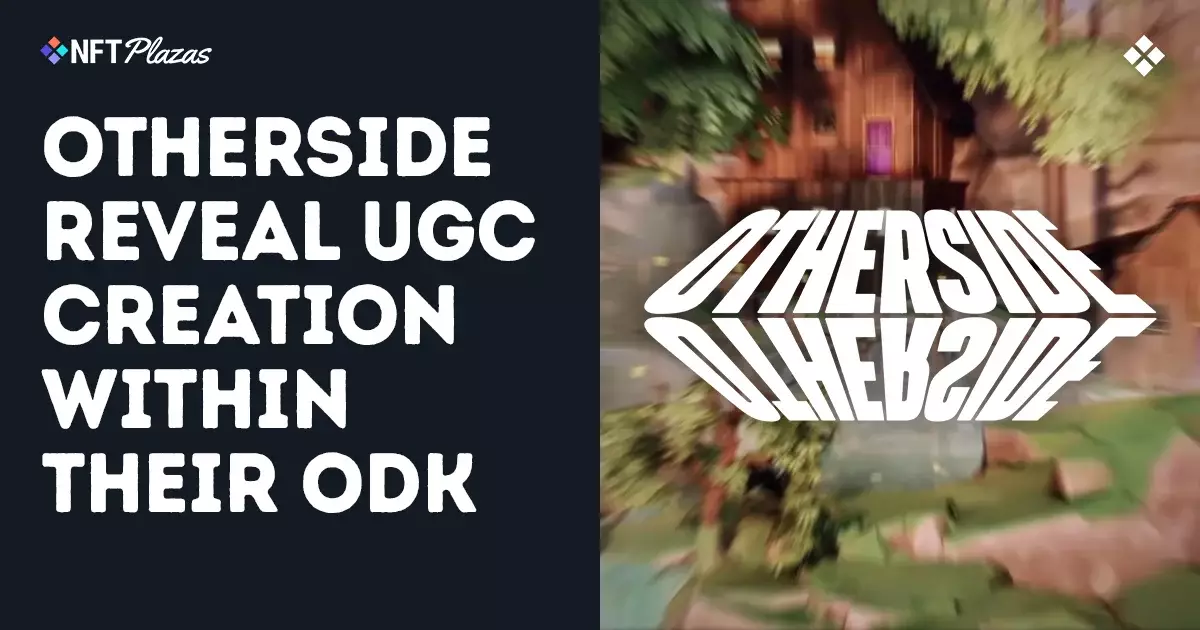The gaming industry has long been a landscape of innovation and creativity, but the arrival of Otherside is poised to set new benchmarks. This Web3 MMO metaverse game, chiefly powered by ApeChain, aims to redefine player experience by allowing unprecedented levels of user-generated content (UGC). Unlike traditional gaming environments where developers hold all creative power, Otherside flips the script, putting players at the forefront. This revolutionary approach could not only enhance engagement but also create a profoundly dynamic ecosystem that bears the hallmark of a true metaverse.
User-Generated Content: A Double-Edged Sword
The advent of the Otherside Official Development Kit (ODK) raises eyebrows and expectations alike. It’s a bold move to invite players to craft their own maps, characters, and even in-game assets. Instead of merely consuming content, players can now become creators, blurring the lines between gameplay and game development. However, this opens up potential downsides, such as quality control and the possible flooding of the in-game marketplace with subpar assets. While the UGC model fosters creativity, it also poses the question—can a cohesive gaming experience truly emerge from a cacophony of player-generated content? Balancing creativity and quality will be crucial.
The Economic Implications of a Player-Driven Marketplace
In-game marketplaces are far from novel, but Otherside’s model adds an intriguing twist. Players are not just buyers; they are also sellers, contributing to a decentralized economy within the game. Through the $APE token, players can trade their creations with others, introducing an entrepreneurial flair to gaming. However, as enticing as this sounds, it raises vital concerns around economic sustainability. Will the marketplace become dominated by a few high-profile creators, effectively sidelining the average player? It’s a precarious balance that could either democratize the gaming economy or lead to monopolistic practices within the virtual world.
The Multiplayer Experience: Can It Live Up to the Hype?
One of the most touted features of Otherside is its ability to host over 10,000 players in real time, fostering an interactive and persistent environment. Yet, the question remains—will this expansive multiplayer experience enhance or detract from player interactions? The challenge is immense: maintaining performance, encouraging meaningful interactions, and managing player behavior in such a vast space. While ambitious, this feature could easily turn chaotic if not managed correctly. If Otherside can meet these challenges head-on, it will undoubtedly set a new standard for MMO gaming.
A Glimpse into the Future
Otherside is aiming for more than just momentary success; it seeks to lay the groundwork for the future of digital interaction. With its diverse functionalities and aspirations, the game is reminiscent of the early days of the internet, where imaginative minds forged new paths. Yet, the journey won’t be easy. Balancing user creativity with quality, nurturing a thriving economy, and fostering genuine connections amid the chaos all stand as formidable tasks. For now, the world watches eagerly as Otherside prepares to take its first steps into a bold new era of gaming.















